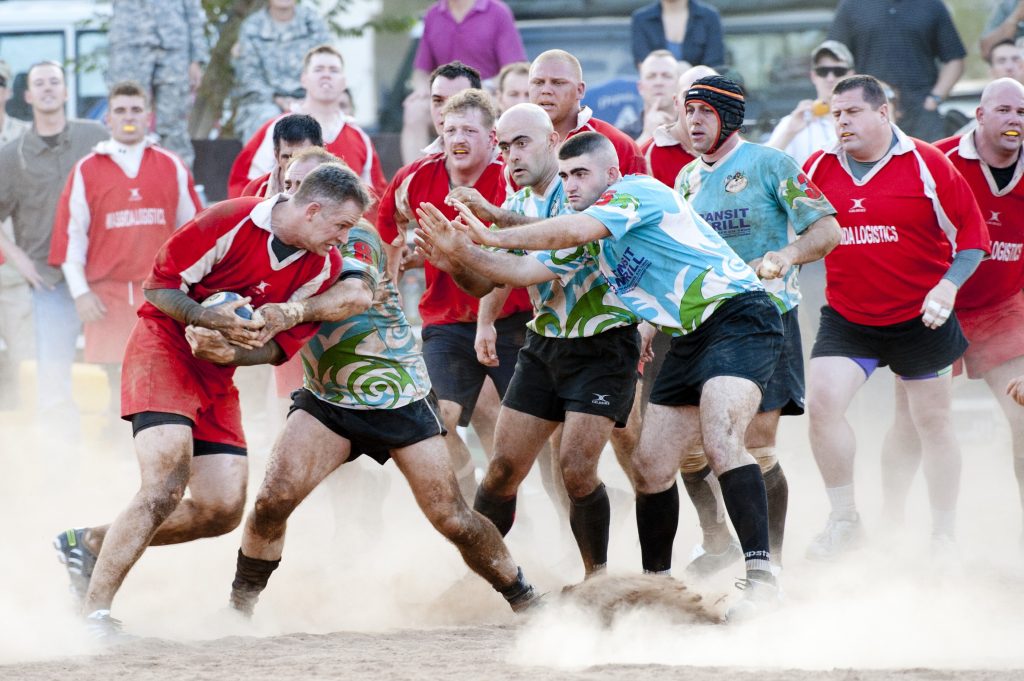Sports play a significant role in Australian culture, with many of us recalling intense moments from sporting matches where things got heated, perhaps involving some pushing and shoving. Lately, commentators have highlighted a growing concern about a “culture of violence” emerging in certain sporting codes. In Victoria, the football community is calling for stricter penalties for on-field violence, prompted by two separate incidents of serious violence during the recent season.
While it’s clear that players shouldn’t be exposed to serious harm while playing sports, distinguishing between a criminal assault and actions considered “part of the game” can be challenging.
Violence in Sport vs Criminal Assault
Criminal assault refers to deliberately or recklessly causing physical harm to another person without their agreement. The severity of a criminal charge typically hinges on the extent of harm experienced by the victim.
Unfortunately, assault in sports is somewhat common, as many individuals take sports very seriously, and emotions can quickly change based on their performance in a game.
Do the Game Rules Matter?
If a player breaks a rule, it could indicate that they were reckless in causing harm. For instance, in rugby, a player who spear tackles an opponent may be considered reckless because they knew this tackle was against the rules and could cause harm.
Yet, breaking a rule in a sport doesn’t automatically mean someone is guilty of criminal assault. Some level of rule-breaking is expected in most sports.
The rules of a game can’t legalise something that’s illegal. This is where criminal law intersects with sports. Combat sports like boxing pose challenges in this regard. However, participants in these sports are seen as consenting to engage in a high-risk activity, so criminal liability usually doesn’t apply.
Do Players in All Sports Agree to Get Hurt?
In general, players are seen as consenting to a certain level of harm that occurs within the rules of the game, as well as some harm that goes beyond the rules but still falls within the expected norms of the sport.
Ultimately, the level of violence accepted in a sport depends on what’s considered reasonable within that game’s culture. This relies on several factors:
- The type of sport: Expectations for physical contact vary between sports. For instance, rugby league typically involves more physicality than tennis.
- Where and how the violence occurs: Contact during active play, like tackling in rugby league, is more expected than off-the-ball incidents.
- The nature and intensity of the contact: While some level of contact is expected, certain actions, like punching in soccer, go beyond what’s tolerated.
- Whether the violence is spontaneous or planned: Deliberate actions intended to cause harm are more likely to result in criminal charges.
It’s crucial to note that players never consent to deliberate, intentional, or reckless acts causing serious harm, or actions not related to the legitimate skills or goals of the game.
Key Takeaways
- Assault in sports, such as reckless actions breaching game rules, can be criminal, but the legality varies by the sport's nature and context.
- Consent to harm is generally implied within the sport's rules and culture, but premeditated violence or actions causing serious harm go beyond accepted limits.
- The distinction between part of the game and criminal assault depends on factors like the sport type, game situation, level of contact, and whether violence was spontaneous or premeditated.
Written By

James Janke
James Janke is founding partner at Hamilton Janke Lawyers, and has more then decade of experience as a Criminal Defence Lawyer. Admitted to both the Supreme Court of New South Wales and High Court of Australia




